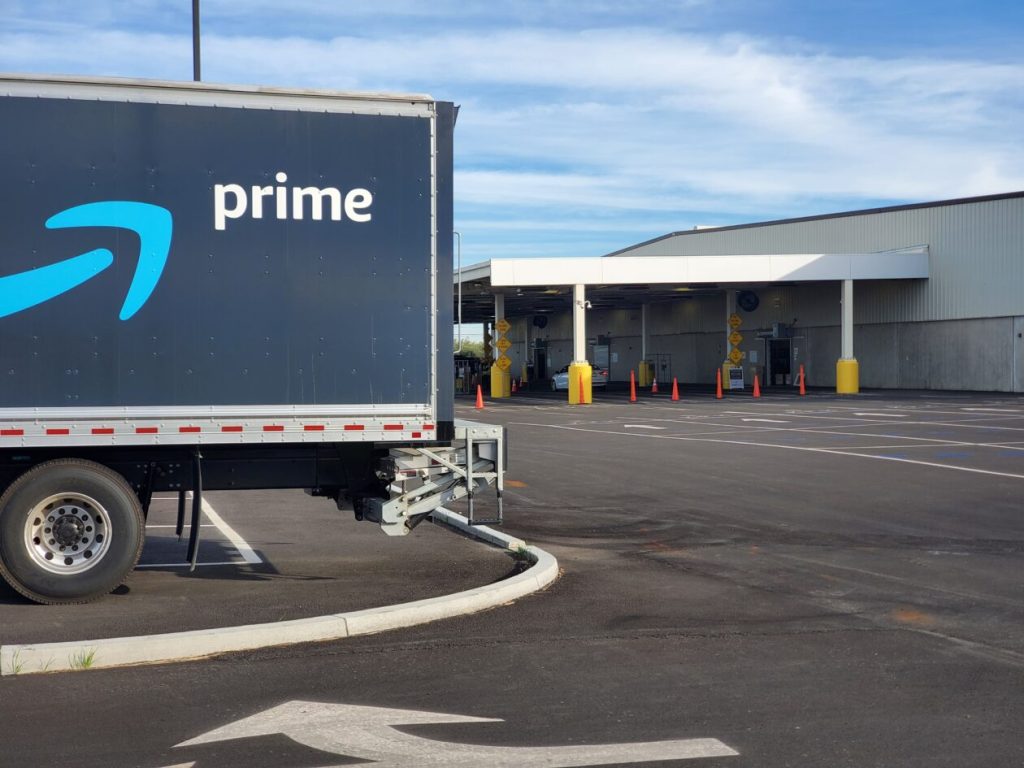Amazon Expands Logistics Network to Fulfill Walmart Orders in Surprising E-commerce Twist
In a development that feels like it belongs in a science fiction story, Amazon has announced that it will now support orders placed on Walmart.com through its vast logistics network. This unexpected partnership, unveiled at Amazon’s Accelerate seller conference, means independent sellers can now utilize Amazon’s fulfillment capabilities for products purchased through their biggest retail competitor. This move represents a significant shift in the e-commerce landscape, where the lines between competitors continue to blur in surprising ways. While customers won’t receive packages with Amazon’s smiling logo (Walmart prohibits deliveries in Amazon-branded boxes), the behind-the-scenes logistics will be handled by the same company that has dominated online retail for years. This strategic expansion of Amazon’s Multichannel Fulfillment (MCF) service demonstrates how the company is looking beyond its own marketplace to grow its logistics empire.
Amazon isn’t stopping with Walmart – the company is also strengthening its integration with Shopify and plans to begin fulfilling orders from fast-fashion giant Shein later in the year. These partnerships are part of Amazon’s broader strategy to position itself as an end-to-end logistics partner for sellers across multiple platforms. Previously, sellers using Amazon’s fulfillment services for unsupported platforms had to navigate a cumbersome manual process. Now, as Amazon’s VP of selling partner services Dharmesh Mehta explained, “This is now a direct integration, so that anytime you get a Walmart order, we’ll just fulfill it.” This streamlined approach makes it easier than ever for sellers to leverage Amazon’s logistics infrastructure regardless of where their customers make purchases, creating a more unified backend for fragmented storefronts.
The expansion of Amazon’s fulfillment services beyond its own marketplace represents a significant evolution in its business model. No longer content to simply dominate e-commerce through Amazon.com, the company is now aggressively pursuing growth by offering its logistics expertise to sellers across the entire online retail ecosystem. Through its Supply Chain by Amazon initiative, the company is pitching itself as a comprehensive logistics solution that can handle every step from manufacturer to customer doorstep, regardless of sales channel. This positions Amazon to compete more directly with established logistics providers like ShipBob, FedEx, UPS, and DHL, as well as the fulfillment services offered by Walmart and Shopify themselves. The strategy allows Amazon to generate revenue from sales that happen outside its platform while simultaneously gathering valuable data about consumer purchasing patterns across the broader e-commerce landscape.
For independent sellers, Amazon’s expanded fulfillment services offer both opportunities and challenges. On one hand, they gain access to Amazon’s sophisticated logistics network without being confined to selling exclusively on Amazon.com. This could potentially increase their reach and operational efficiency while reducing the complexity of managing multiple fulfillment solutions for different sales channels. On the other hand, this increased reliance on Amazon’s infrastructure may further entrench the company’s power in the retail ecosystem, potentially giving Amazon greater leverage over the sellers who use its services. The anonymous packaging requirements (no Amazon smile, no Walmart blue and yellow) create an interesting dynamic where the customer’s relationship remains with the platform where they made the purchase, while Amazon quietly handles the behind-the-scenes logistics.
The financial implications of this move are substantial. Amazon’s revenue from third-party seller services – which includes commissions, fulfillment and shipping fees, and related services – reached an impressive $156 billion in 2024, representing nearly a quarter of its total revenue of $638 billion. By expanding these services to fulfill orders from competing platforms, Amazon is opening up significant new revenue streams without needing to win those sales on its own marketplace. This approach allows Amazon to monetize its logistics expertise and infrastructure investments regardless of where consumers choose to shop. For Walmart, the arrangement potentially offers improved fulfillment capabilities for third-party sellers on its platform, helping it better compete with Amazon’s marketplace offering, even as it relies on its rival’s infrastructure to do so.
The evolving relationship between Amazon and Walmart highlights the increasingly complex nature of competition in the digital economy. These longtime rivals are now engaged in a peculiar symbiotic relationship where Amazon provides crucial infrastructure for Walmart’s marketplace while still competing fiercely for the same customers. Similar dynamics are playing out across the e-commerce landscape as companies simultaneously compete and collaborate in different aspects of their businesses. As Amazon continues to expand its logistics offerings beyond its own platform, we may see further blurring of traditional competitive boundaries. For consumers, this behind-the-scenes integration may ultimately lead to more consistent delivery experiences across different shopping platforms, even as they remain unaware that the same company might be handling the fulfillment regardless of where they shop. This new chapter in e-commerce shows how the industry continues to evolve in unexpected ways, with yesterday’s strict competitors becoming today’s reluctant partners.















